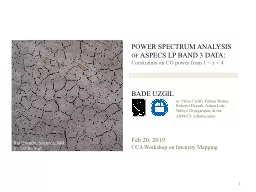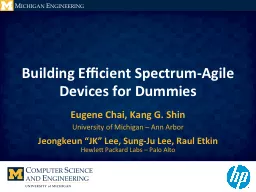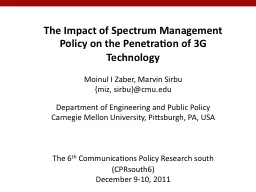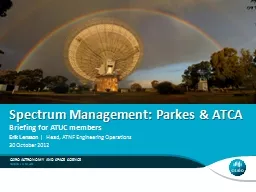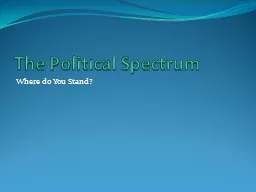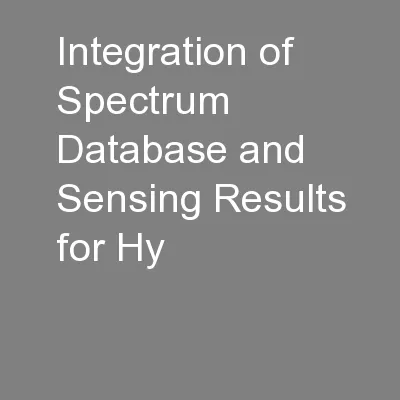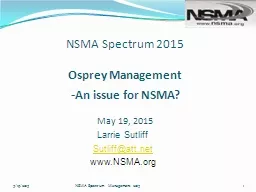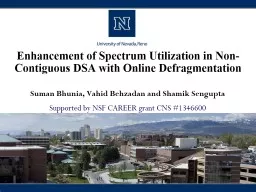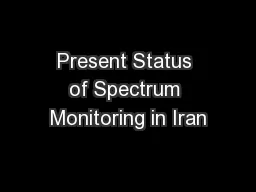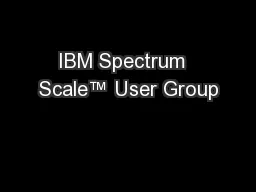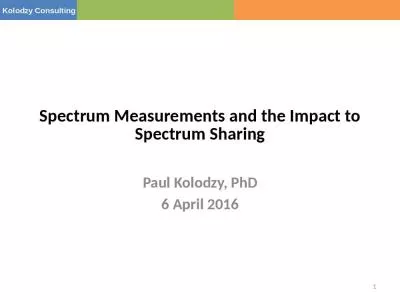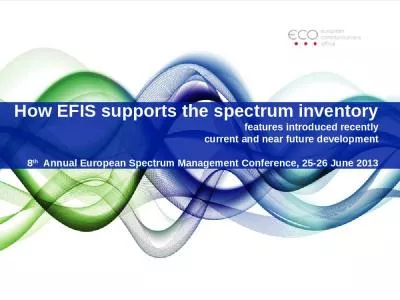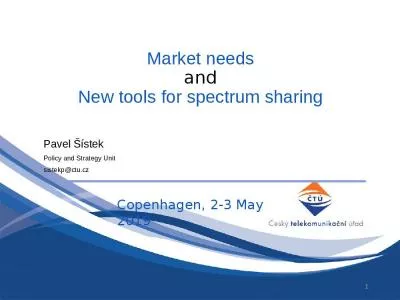PPT-POWER SPECTRUM ANALYSIS
Author : attentionallianz | Published Date : 2020-07-04
OF ASPECS LP BAND 3 DATA Constraints on CO power from 1 lt z lt 4 BADE UZGIL Feb 20 2019 CCA Workshop on Intensity Mapping Rio Grande Socorro NM p c TD Burleigh
Presentation Embed Code
Download Presentation
Download Presentation The PPT/PDF document "POWER SPECTRUM ANALYSIS" is the property of its rightful owner. Permission is granted to download and print the materials on this website for personal, non-commercial use only, and to display it on your personal computer provided you do not modify the materials and that you retain all copyright notices contained in the materials. By downloading content from our website, you accept the terms of this agreement.
POWER SPECTRUM ANALYSIS: Transcript
Download Rules Of Document
"POWER SPECTRUM ANALYSIS"The content belongs to its owner. You may download and print it for personal use, without modification, and keep all copyright notices. By downloading, you agree to these terms.
Related Documents

